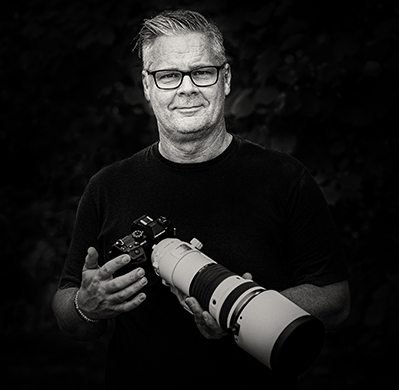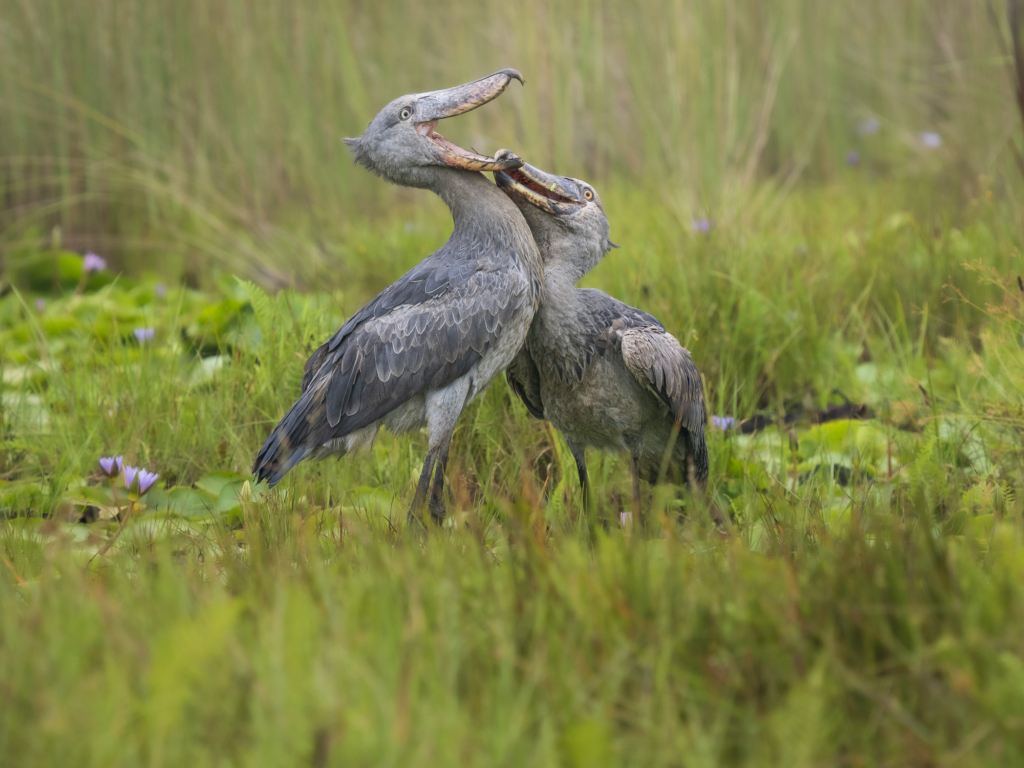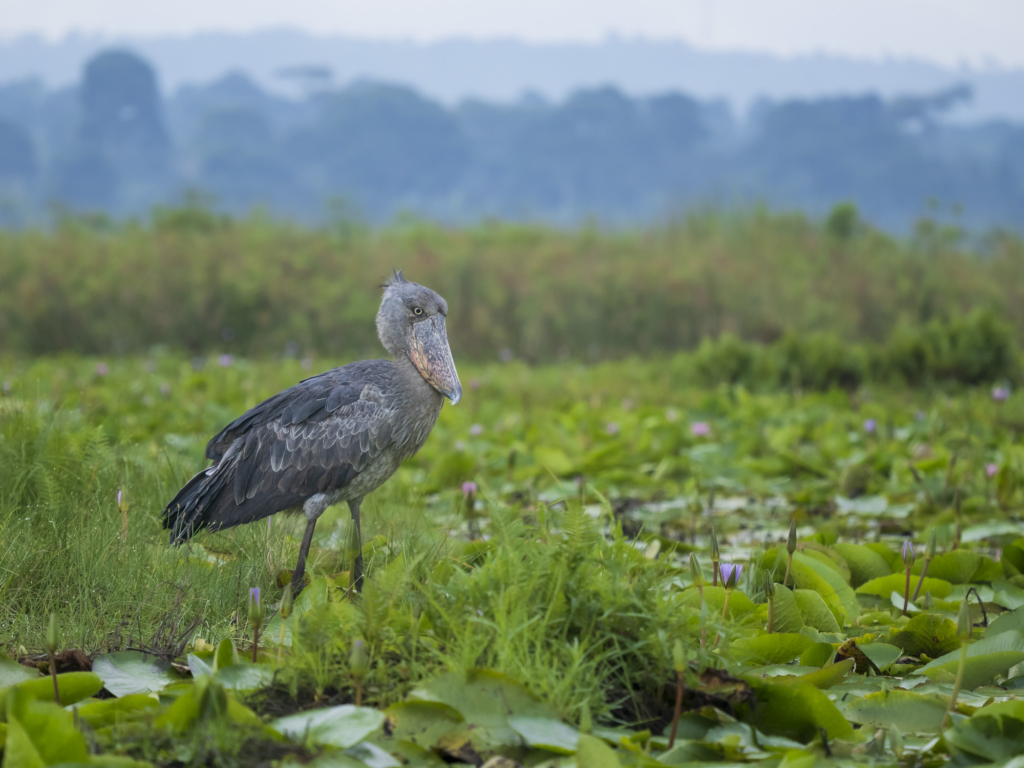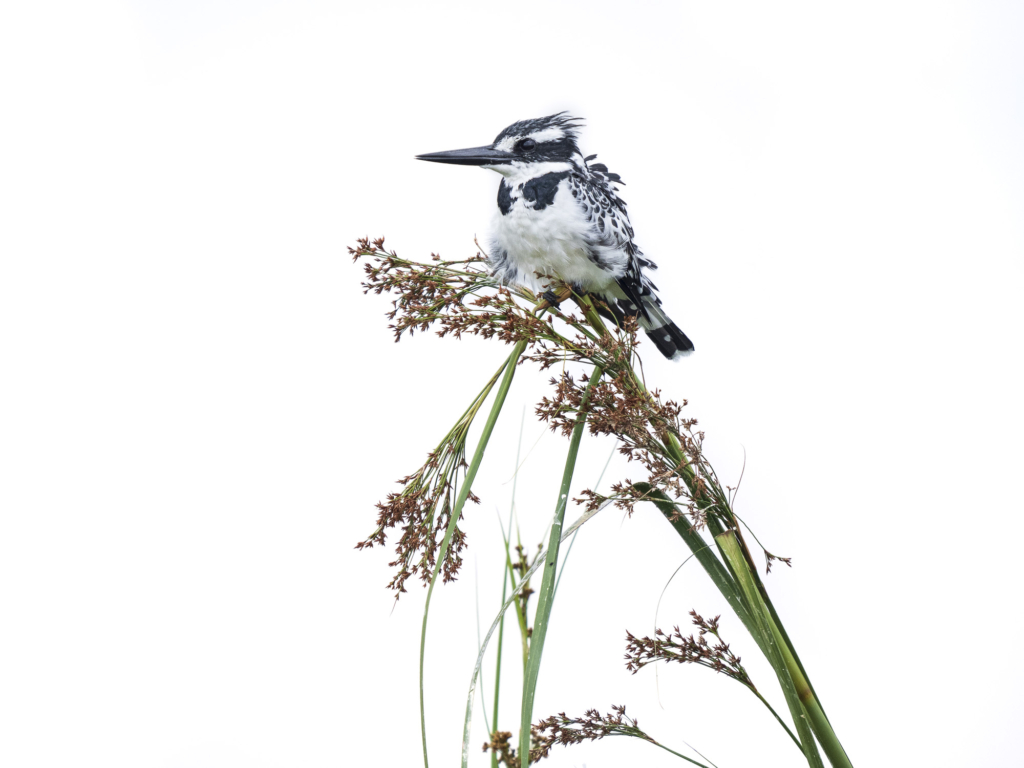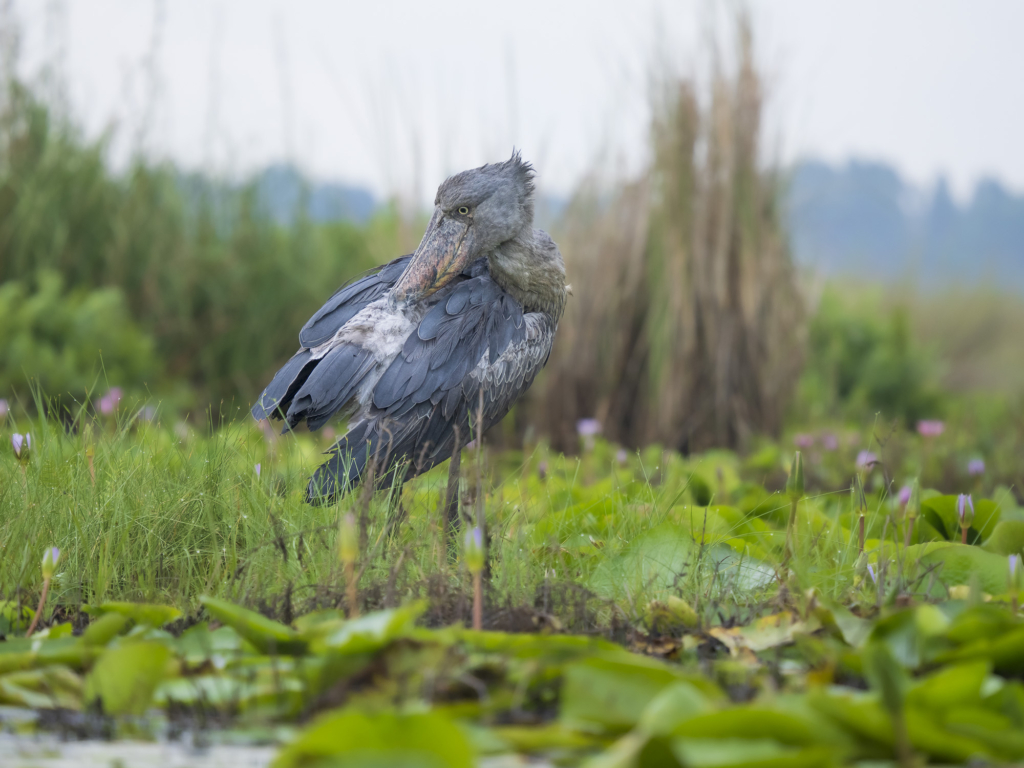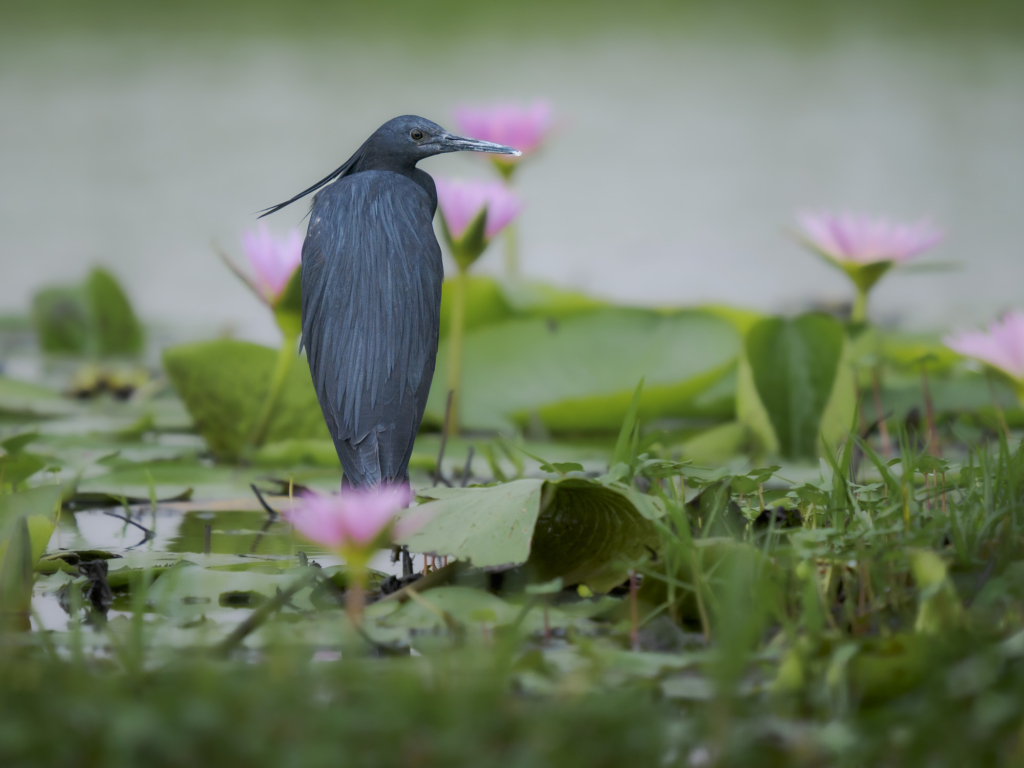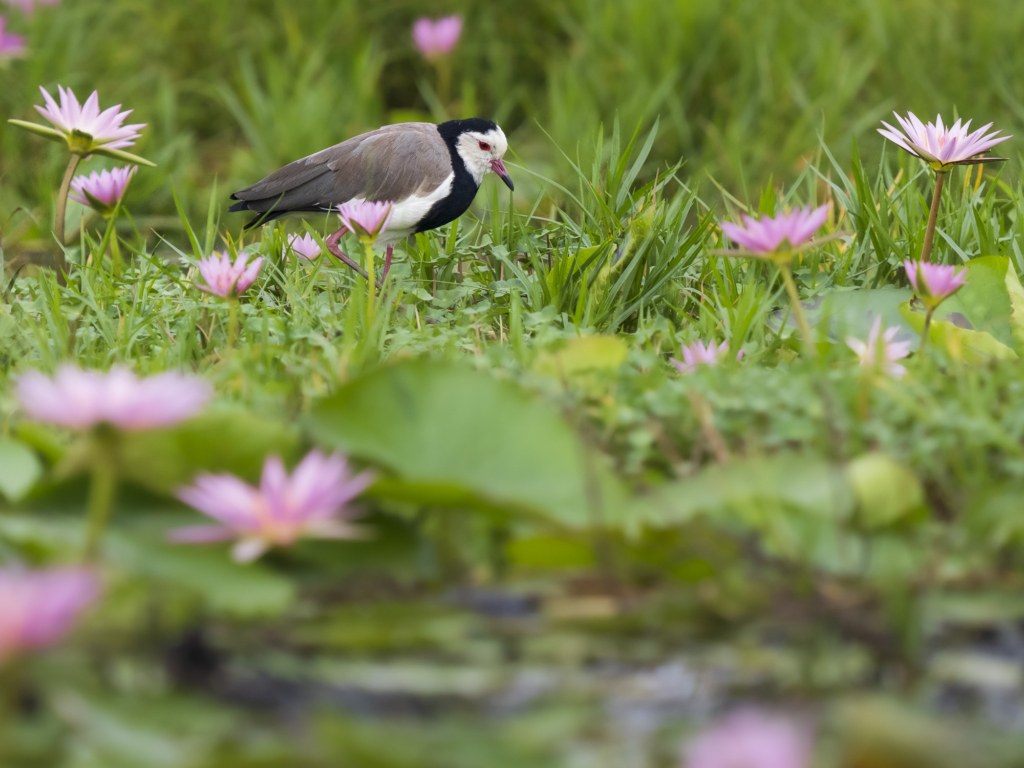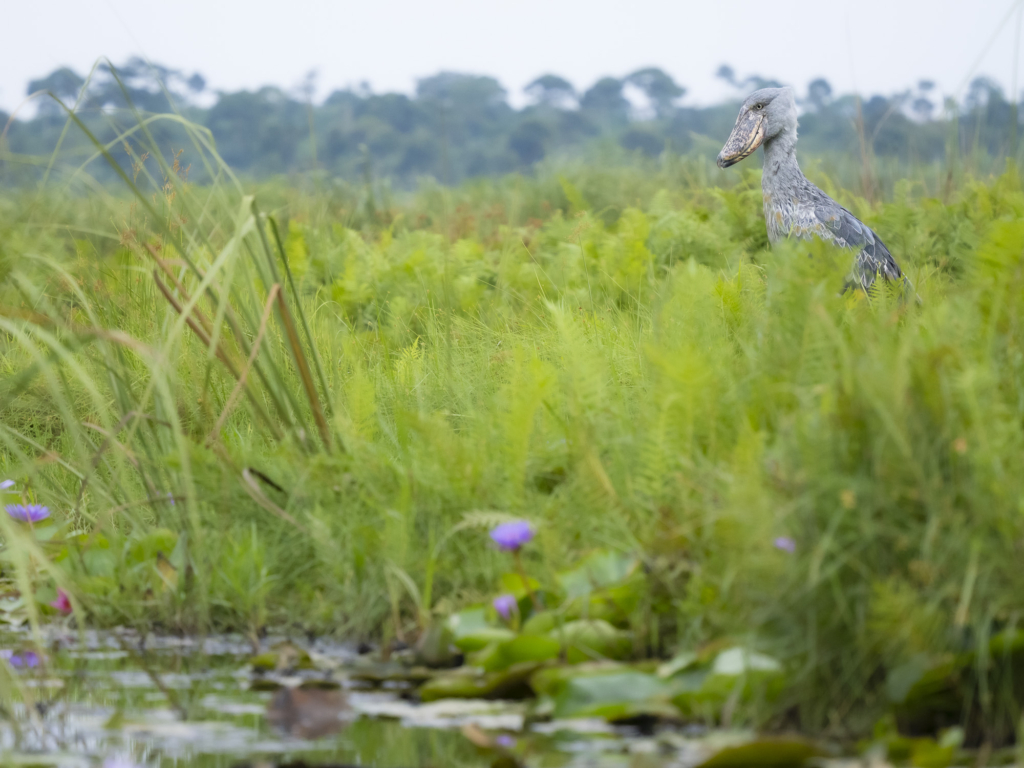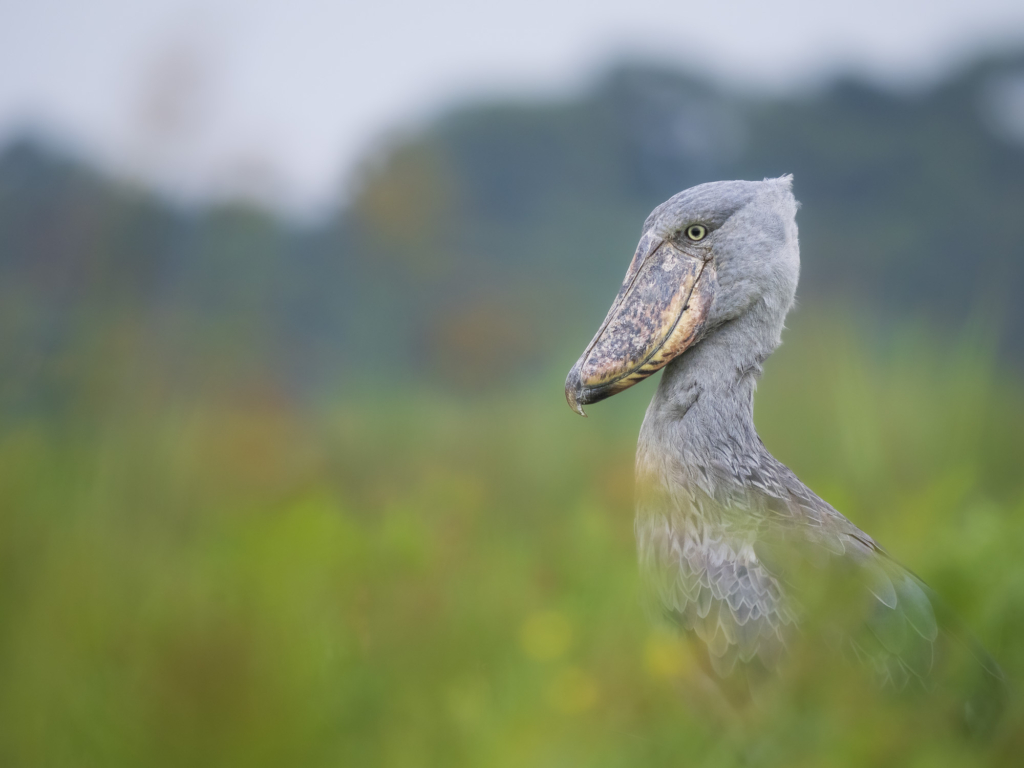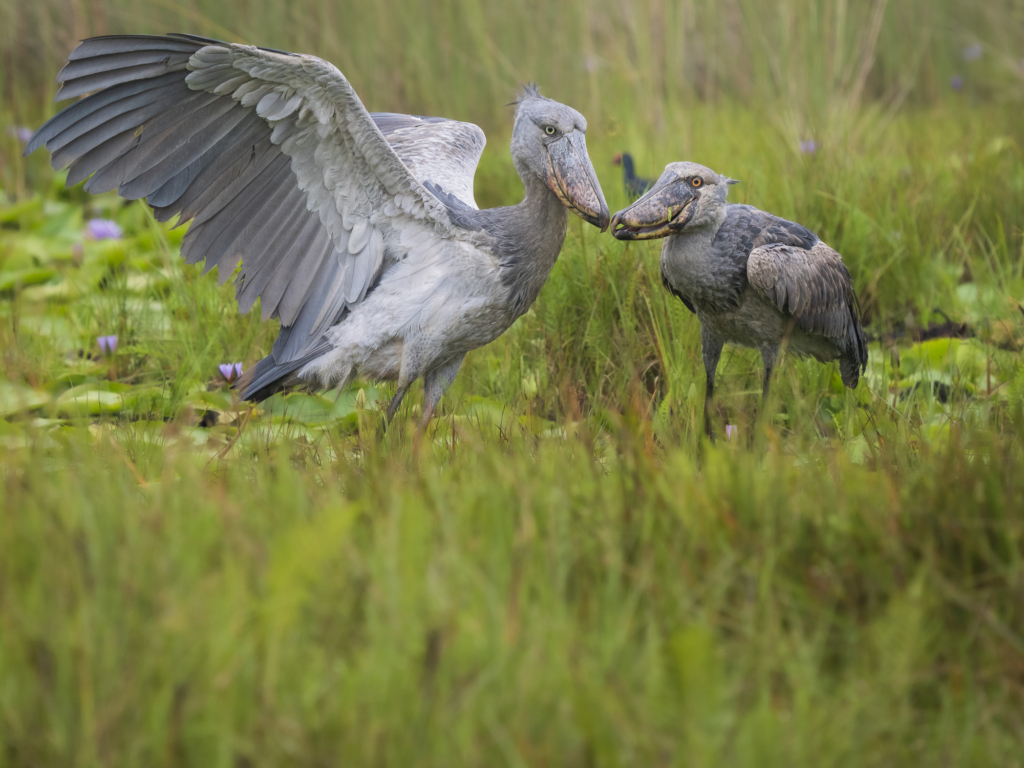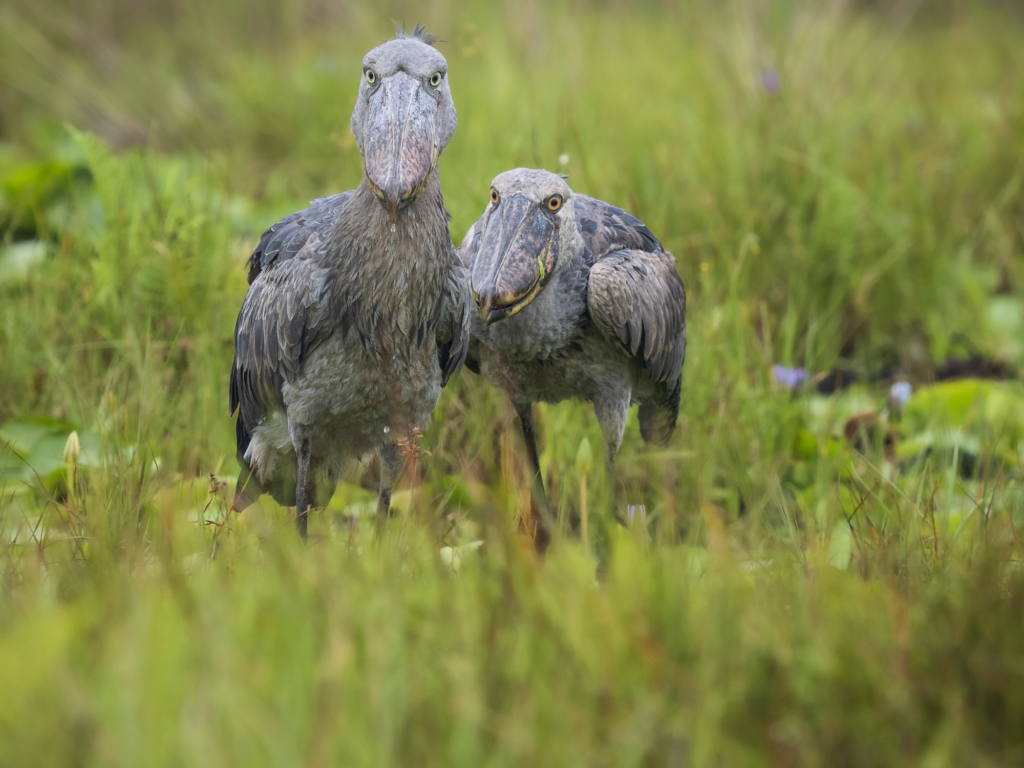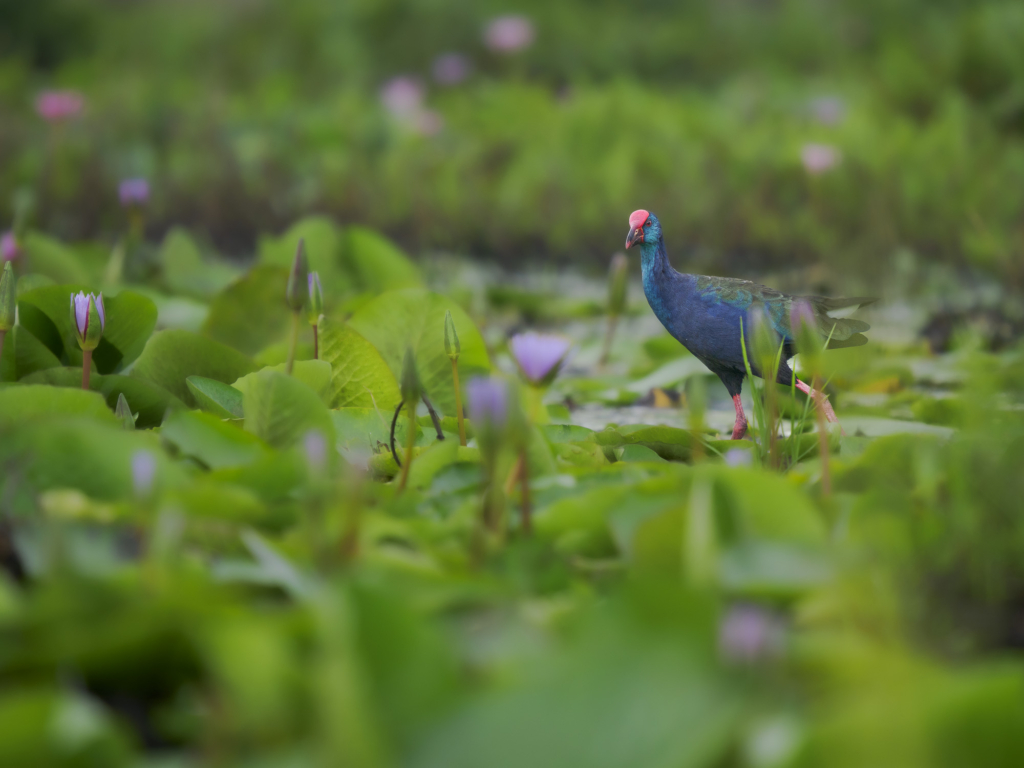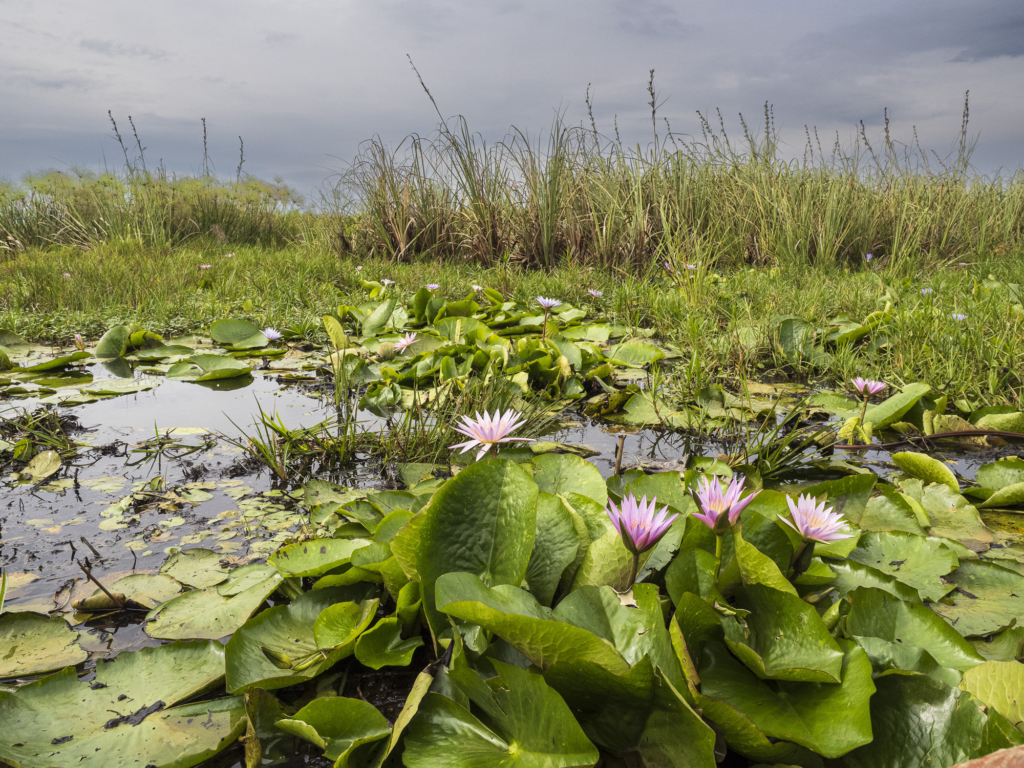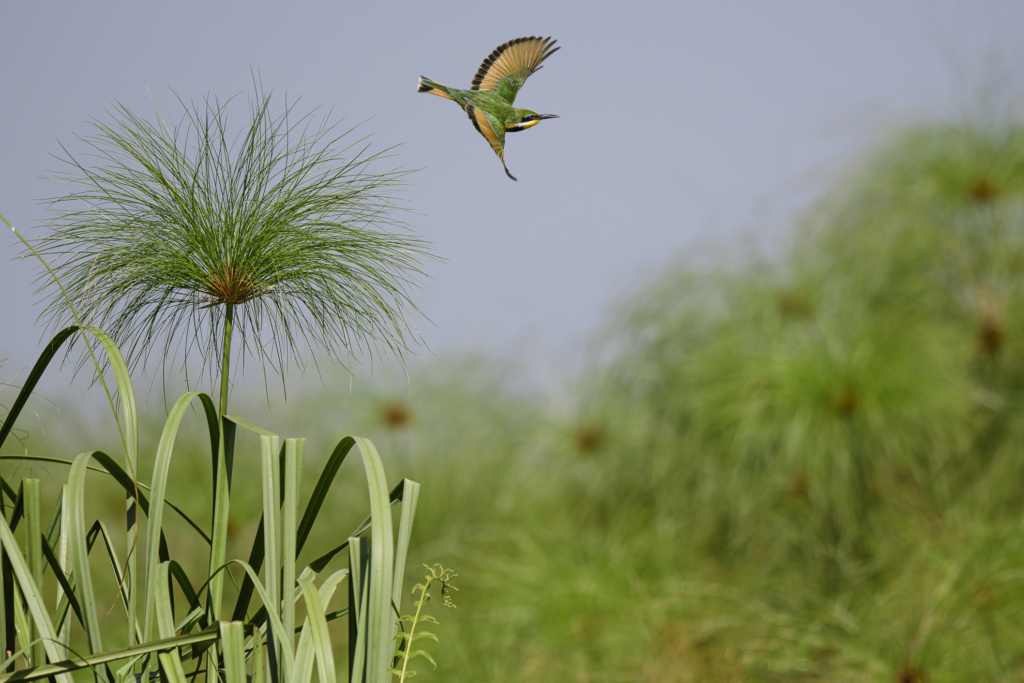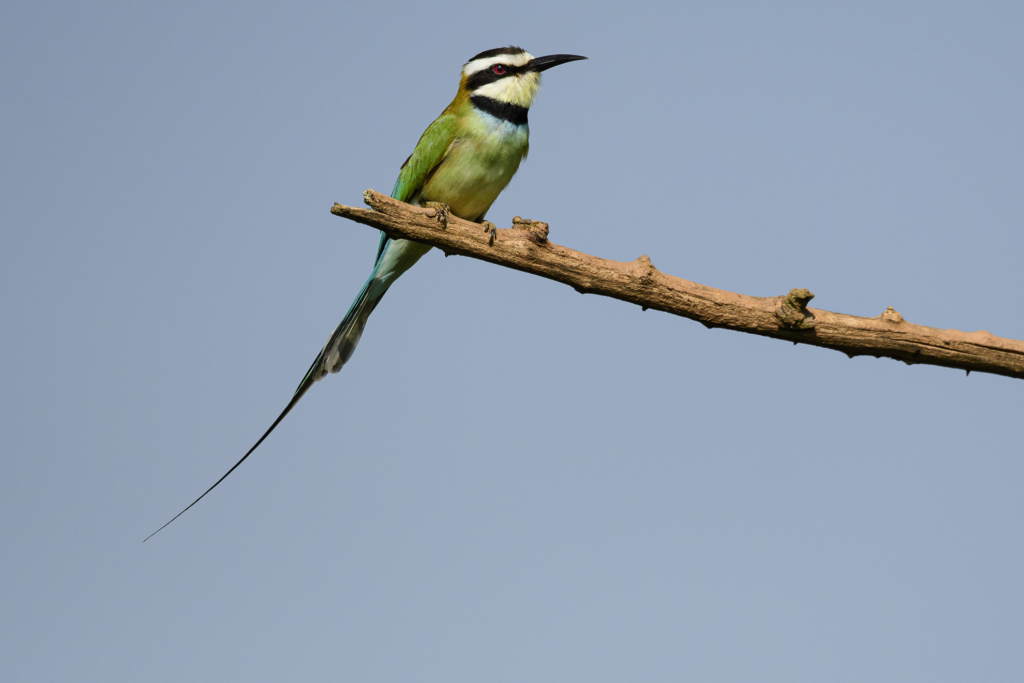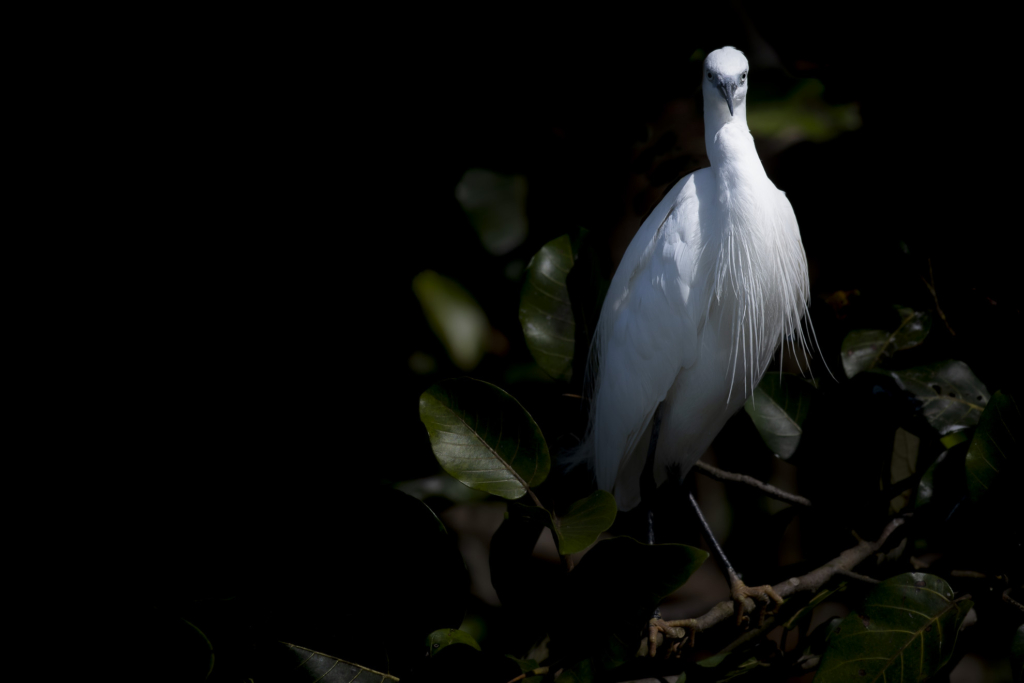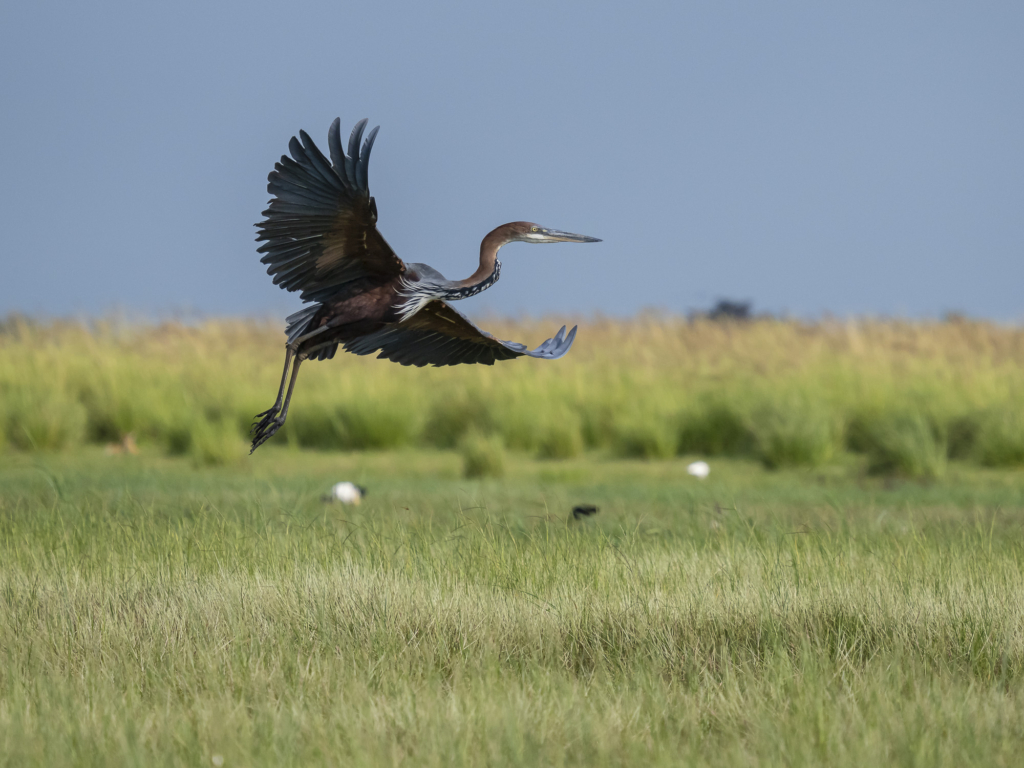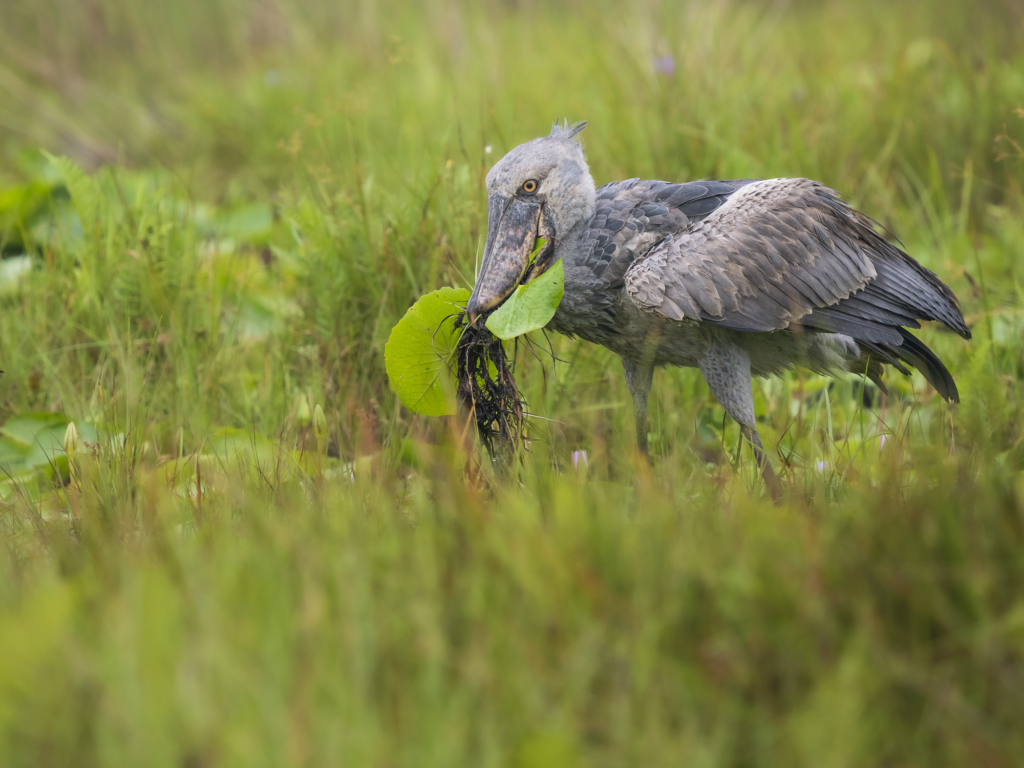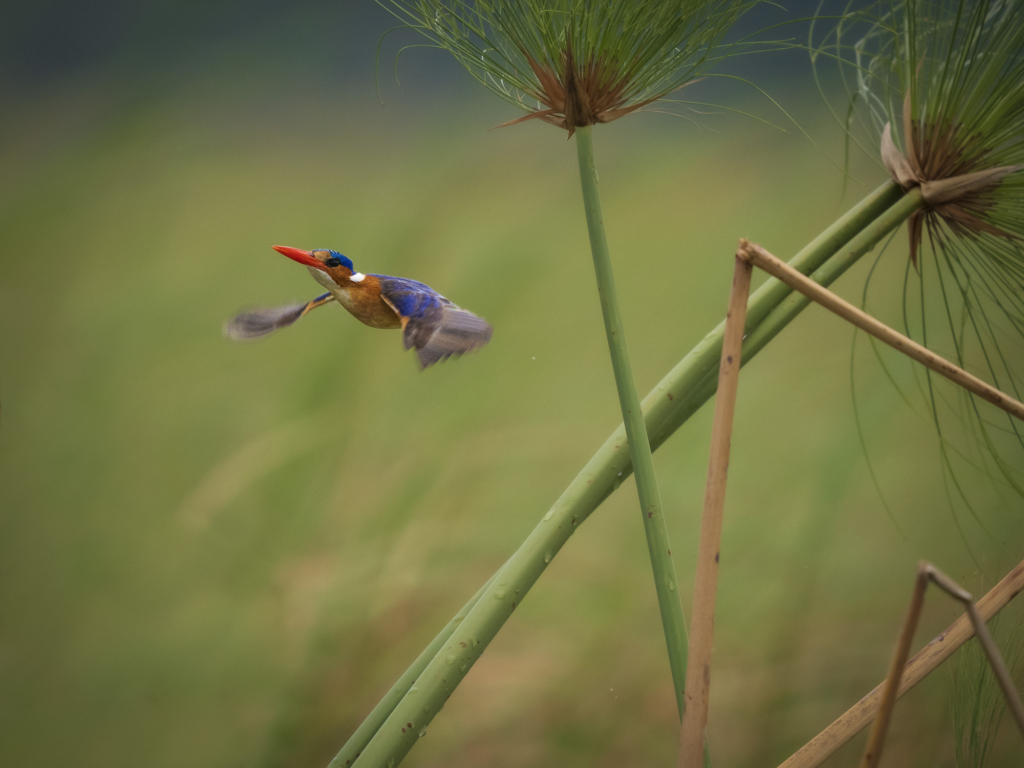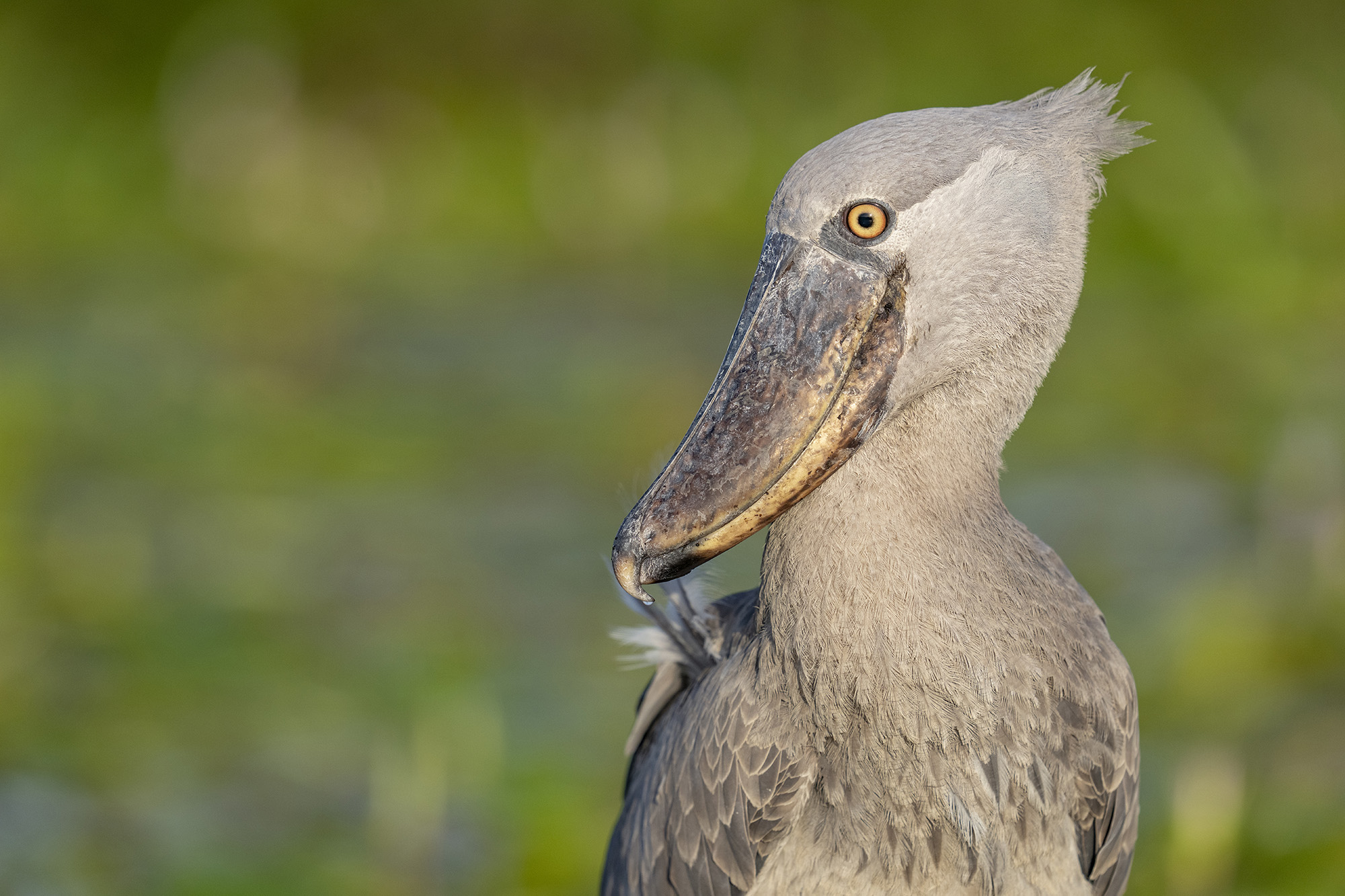This tour is an extension of the tour Mountain gorillas, chimpanzees & other primates, Uganda 19th – 26th January 2026. Read more here…
SOME HIGHLIGHTS
- Two days in the Mabamba wetland reserve to look for the shoebill stork
- Several species kingfishers, bee-eaters and herons
- Fantastic birdlife with lots of exotic species
- We go to Uganda when it is NOT rainy season
- All local transports are in comfortable Toyota Landcrusiers
- The tour leader will show you their best spots and provide photographic advice to a small group that share the same interests
THE SHOEBILL STORK
Our extension tour takes us to the Mabamba Wetlands to photograph the legendary shoebill stork. Over two days, we will embark on three excursions into the wetlands using boats. The boats allow us to move silently and approach the birds with minimal disturbance.
The shoebill inhabits large wetland areas, and it is estimated that only 5,000 to 8,000 individuals remain globally, with the majority found in Sudan. Outside Sudan, Mabamba Wetlands is considered the best place in the world to encounter this remarkable bird. Measuring up to 150 cm in length, the shoebill is one of the largest birds in existence. Its large, broad beak, with a light pink to orange base tone and dark spots, gives it a distinctive and unforgettable appearance.
In addition to the shoebill, we will have the opportunity to photograph numerous other bird species, including kingfishers, bee-eaters, herons, ducks, and other fascinating avian species.
PHOTOGRAPHIC LEARNING
Throughout the journey, our photographic leader will provide continuous guidance tailored to your experience level and individual needs. Field instruction will be personalized to ensure you receive support and advice that aligns with your skills and goals.
In addition to fieldwork, we will hold theoretical sessions where we discuss various photographic techniques to enhance your skills. During our days in Mabamba, alongside capturing stunning bird portraits, we’ll explore creative approaches such as utilizing foregrounds and backgrounds to add depth and intrigue to your images. You’ll also learn how to use slow shutter speeds to produce dynamic and captivating shots.
Furthermore, we’ll cover techniques for creating motion in your images, such as using panning to convey a sense of movement. All instruction will be adapted to the group’s and individuals’ knowledge levels while taking full advantage of the unique photographic opportunities that arise during the trip.
Itinerary
Day 1 (26/1) (Lunch – Dinner)
We arrive at our lodge in the late afternoon or evening. After checking in, we will have dinner and discuss plans for the coming days.
Day 2 (27/1) (Breakfast – Lunch – Dinner)
After breakfast, we head to the Mabamba Wetlands Reserve to begin our search for the shoebill stork. Navigating through the wetlands by boat, we aim to spot and photograph not only the shoebill but also kingfishers, bee-eaters, jacanas, and several heron species.
We return to the lodge for lunch and a short rest before heading back into the wetlands for another photographic session in the afternoon.
Day 3 (28/1) (Breakfast – Lunch)
We start the day with one final excursion into the Mabamba Wetlands to complete our collection of bird photographs and perhaps enjoy one last encounter with the shoebill stork. After lunch, we head to Entebbe and the airport for our evening flight back home.
Photographic leader
Henrik Karlsson, born in 1968, is a photographer, writer and conservation biologist.
Henrik is a trained biologist and used to work with water and conservation issues.
He is an ambassador for OM SYSTEM and has been appointed as a National Geographic Explorer and is a member of the Swedish Nature Photographers Association (Naturfotograferna/N) as well as PhotoNatura. In 2003 he was awarded Naturfotografernas/N and Kodak’s scholarship. Henrik has also won awards in several European photo competitions.
Henrik has a wide selection when it comes to subjects to take images of and tell stories about. He will be more than happy to photograph everything from insects to the orchids in the forest or the great wild animals around the world. He has the whole world as his photographic field but is more and more drawn to Africas beauty and wildness.
Previously, Henrik worked as a guide in several Swedish Nature Reserves and National Parks. He is a frequent lecturer and an appreciated guide on photo courses and workshops. He also leads photo tours all over the world.
In 2011 Henrik self-published the book ”Mångfaldens ö – bilder och tankar från Ölands natur”, and the book ”Vilda Norden” was published in 2017. 2020 he published the book Ölands orkidéer and in 2021 Orkidéer på Gotland.
